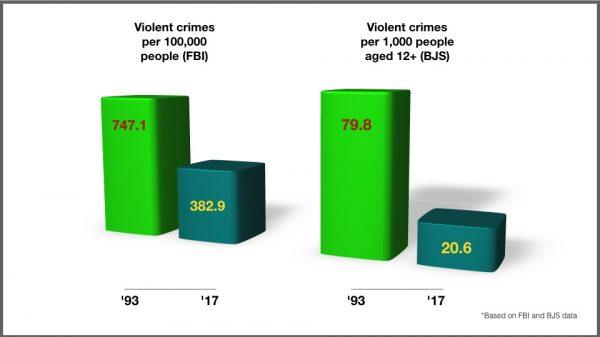An Arizona mother and daughter are in police custody after allegedly killing a grandmother in 2017 and continuing to cash her “numerous monthly payment checks.”
Sandra Aven was Tara’s mother and Briar’s grandmother. The two were also the victim’s next-door neighbors in Prescott.

Welfare Check
Police said a Prescott resident contacted them to express concern that he hadn’t seen the elderly neighbor in “quite some time,” AZ Central reported.Authorities performing a welfare check questioned Tara and Briar Aven, who police said gave conflicting accounts.
A property search then led police to the discovery of an “obviously deceased person.”
The two suspects in the course of later interrogations allegedly admitted to killing Sandra Aven in 2017.
Argument Turned Deadly
The elderly woman’s slaying was allegedly prompted by a confrontation with her granddaughter over a fraudulent student loan.The 77-year-old victim, who lived next door to the two women accused of her murder, had been struck in the head at least 20 times with a hammer, ABC15 reported. She was also choked.
Her body was hidden in a rug, according to the report, and attempts were made to mask the smell from the decomposing corpse with kitty litter.
“For Prescott, this is pretty huge. This kind of stuff does not really go down in Prescott,” a neighbor said, according to ABC15 Arizona.
Facts About Crime in the U.S.
Violent crime in the U.S. has fallen sharply over the past 25 years, according to both the FBI’s Uniform Crime Reports (UCR) and the Bureau of Justice Statistics (BJS) National Crime Victimization Survey (NCVS).Both studies are based on data up to and including 2017, the most recent year for which complete figures are available.

While the overall rate of violent crime has seen a steady downward drop since its peak in the 1990s, there have been several upticks that bucked the trend.
Property Crime
The property crime rate fell by 50 percent between 1993 and 2017, according to the FBI, and by 69 percent according to BJS.According to the FBI’s preliminary figures for the first half of 2018, property crime rates in the United States dropped by 7.2 percent compared to the same six-month period in 2017.
Public Perception About Crime
Despite falling long-term trends in both violent crime and property crime, opinion surveys repeatedly show Americans believe that crime is up.Perceptions differed on a national versus local level.
Methodology
The BJS National Crime Victimization Survey (NCVS) is the nation’s primary source of information on criminal victimization.According to the BSJ, data for the NCVS is obtained annually from “a nationally representative sample of about 135,000 household interviews, composed of nearly 225,000 interviews of persons within those households, on the frequency, characteristics, and consequences of criminal victimization in the United States.”
The NCVS collects information on crimes both reported and not reported to police.






Friends Read Free